For our readers who aren’t already aware of your work, could you give us an overview of your approach?
I create illustrations with the medium of relief print, so basically linocut and woodcut illustrations along themes of food growing, food sovereignty and the human connection with our food. My designs are printed on natural handmade papers with a very raw edge and I also work with lots of organic farming unions internationally.
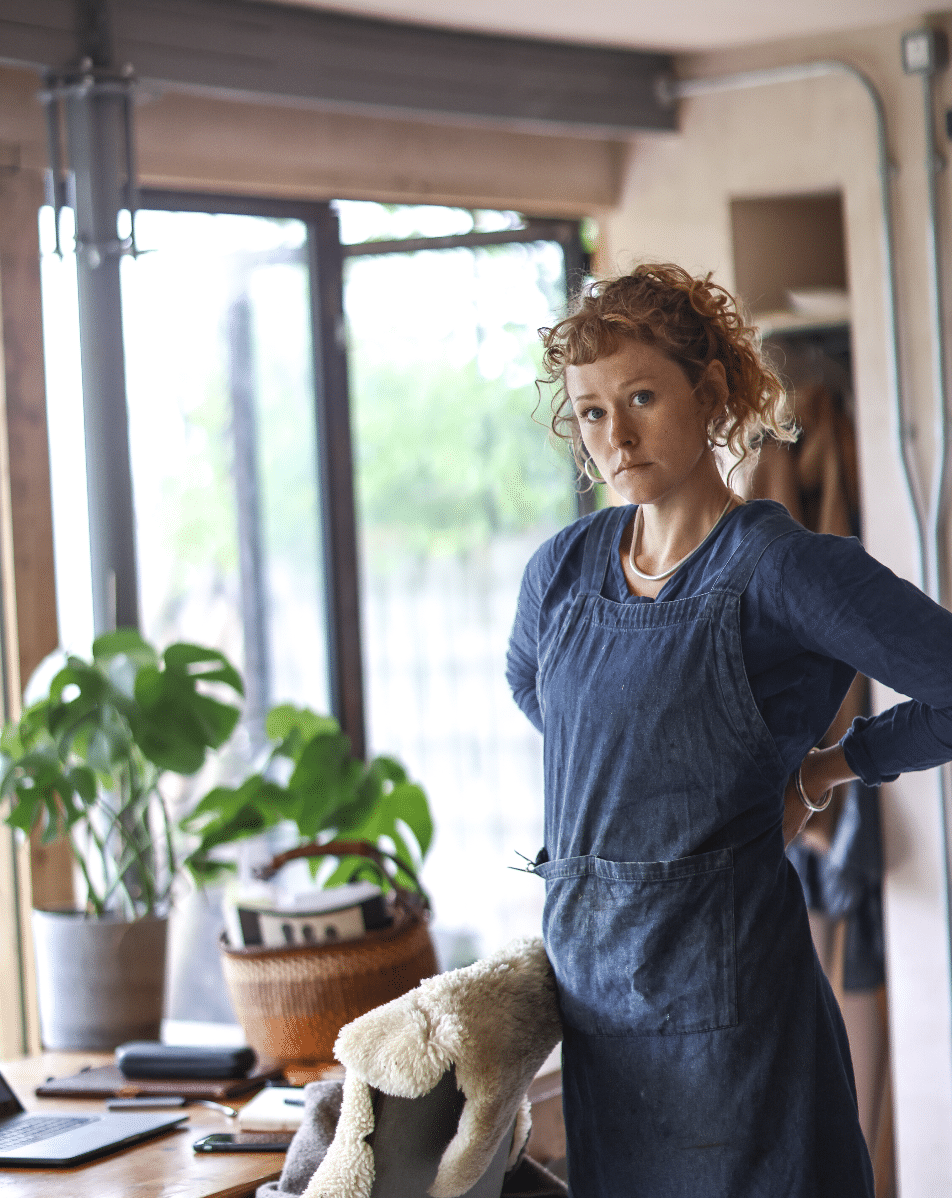
Your work is rooted in nature and agriculture. Where does that interest originate from?
I grew up on a council estate with a single mum who took home a monthly budget less than benefits whilst she put herself through university. We lived on Tesco value food and she would often go without meals to make sure there was enough for me and my younger sister. On the balcony of our small council flat she would grow tomatoes and I think that’s probably where the interest first sparked. Since then my obsession with food, where it comes from and how it’s grown has consistently stayed with me and led me into this really very niche area of making.
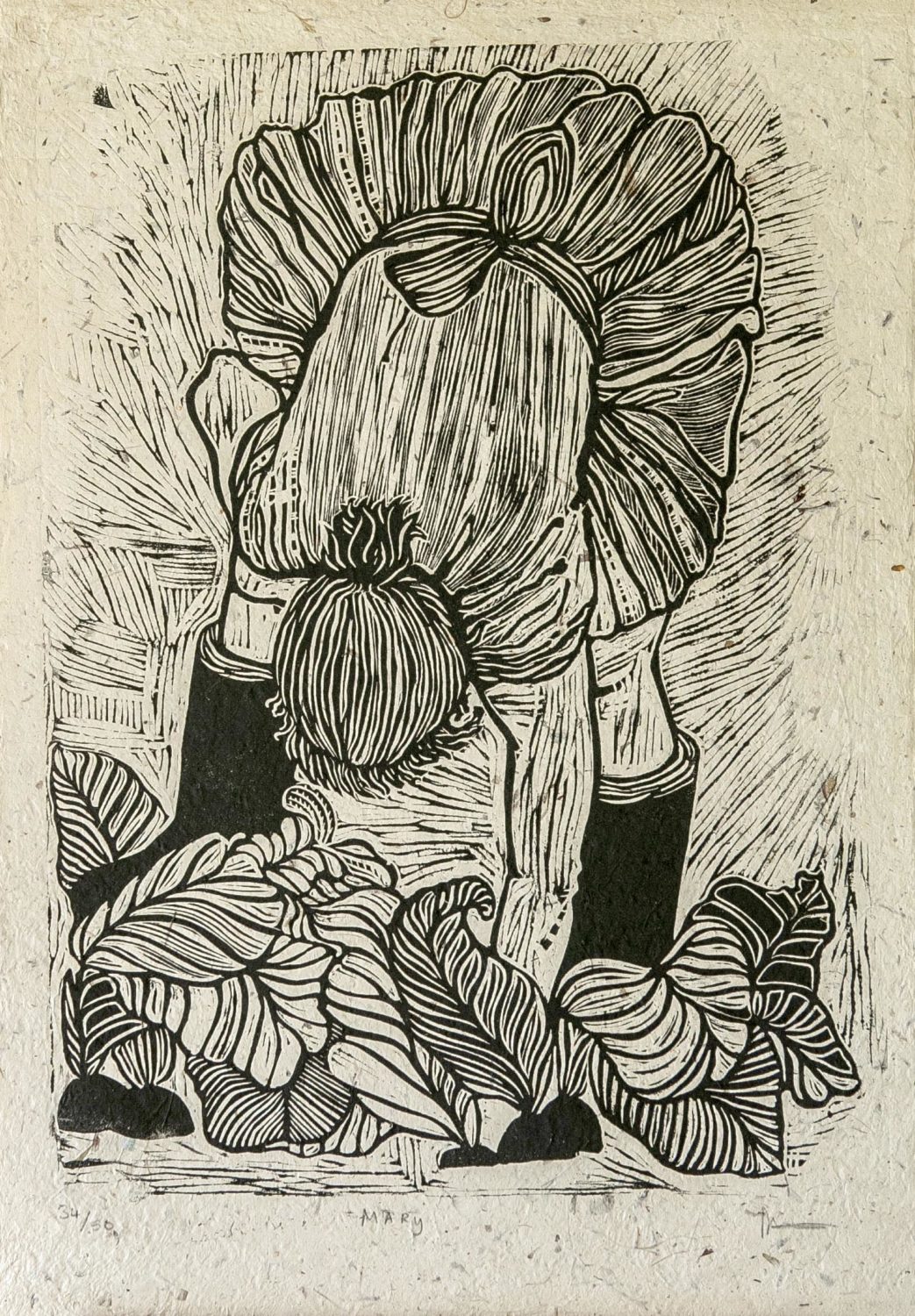
How does your creative process reflect that focus on sustainability?
I guess I keep things very simple in the work that I make; I only use water-based non-toxic inks and I like to use handmade natural/raw fibre papers. I don’t buy in lots of digitally or industrially made products, and when it comes to working with clients I tend to ask myself first if their business is one I would want to buy from myself and aligns with my values.
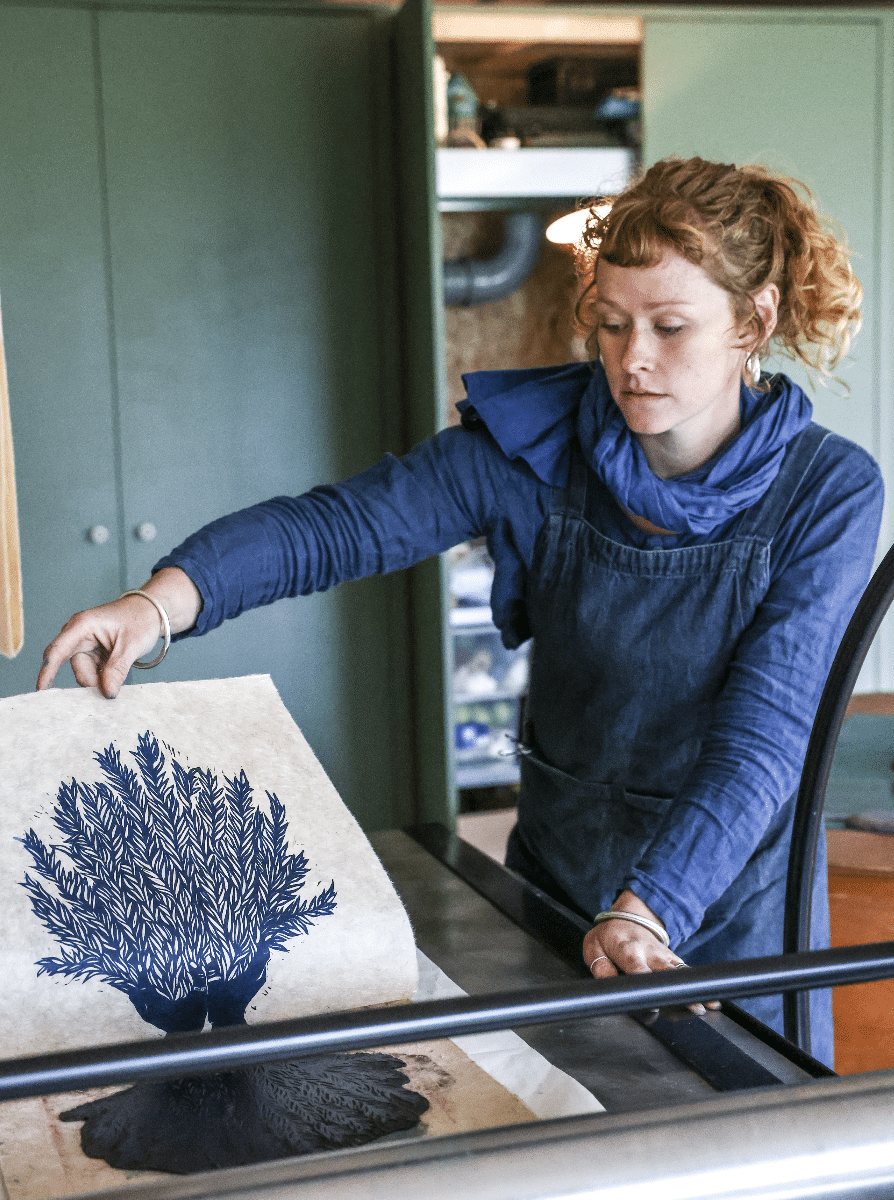
You founded a printmaking studio collective in Bristol: Cato Press. Can you tell us about the role of community in your creative process?
For me printmaking is intrinsically a democratic process. It’s rooted in communicating to the community and has always been used traditionally as a process for disseminating ideas and bringing people together. Cato Press was intended to be a celebration of that, a place where grass roots community organisations could gather together and create imagery that spread their ideas whilst making art accessible to everyone.
For me, community is core to my creative process; being around brilliant, political and community focused people really inspires my work and my practice. I tried living in the countryside during lockdown and I felt so isolated, lonely and devoid of creative ‘umph’ that I came running back to the bustle.
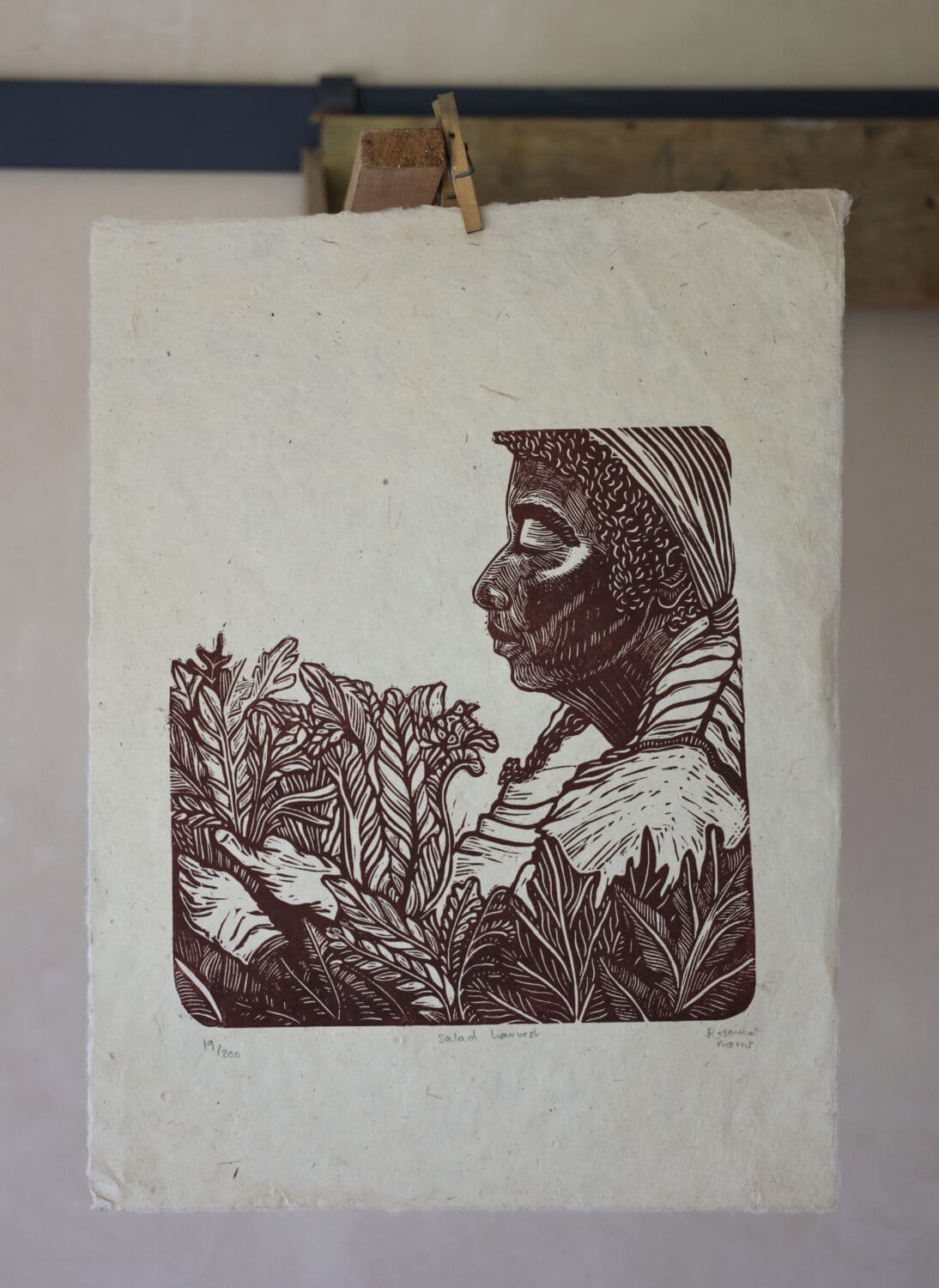
Where or how do you find inspiration?
I take a lot of inspiration from my own growing on my allotment, small scale farmers and businesses choosing to go against the grain and create a life that adds to the world rather than taking from it. I also look a lot to the printmaking groups and organisations through history who have managed to effect great change, specifically the Mexican printmakers of the last century who were real masters of their craft.
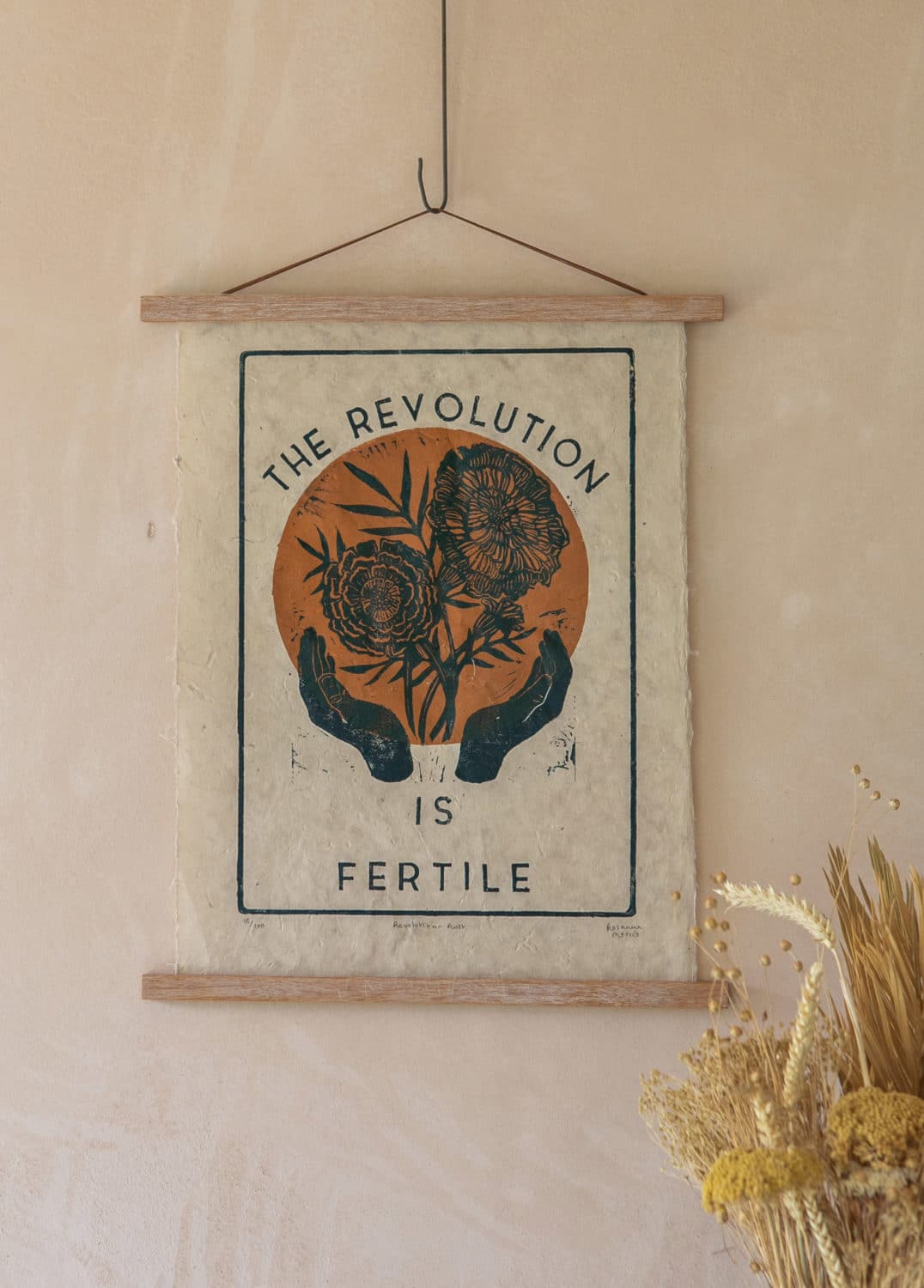
You’ve designed for the Landworkers Alliance, and many of your designs reflect an idea of revolution, uprising or change – what’s the relationship between your art and activism?
I think it sits at the core of what I do, for me all art should mean something and question something, or create some kind of stirring in the viewer. I’m sure there are many who might disagree, but I want my art to be useful and have meaning beyond just a pretty picture that suits a colour scheme for a room.
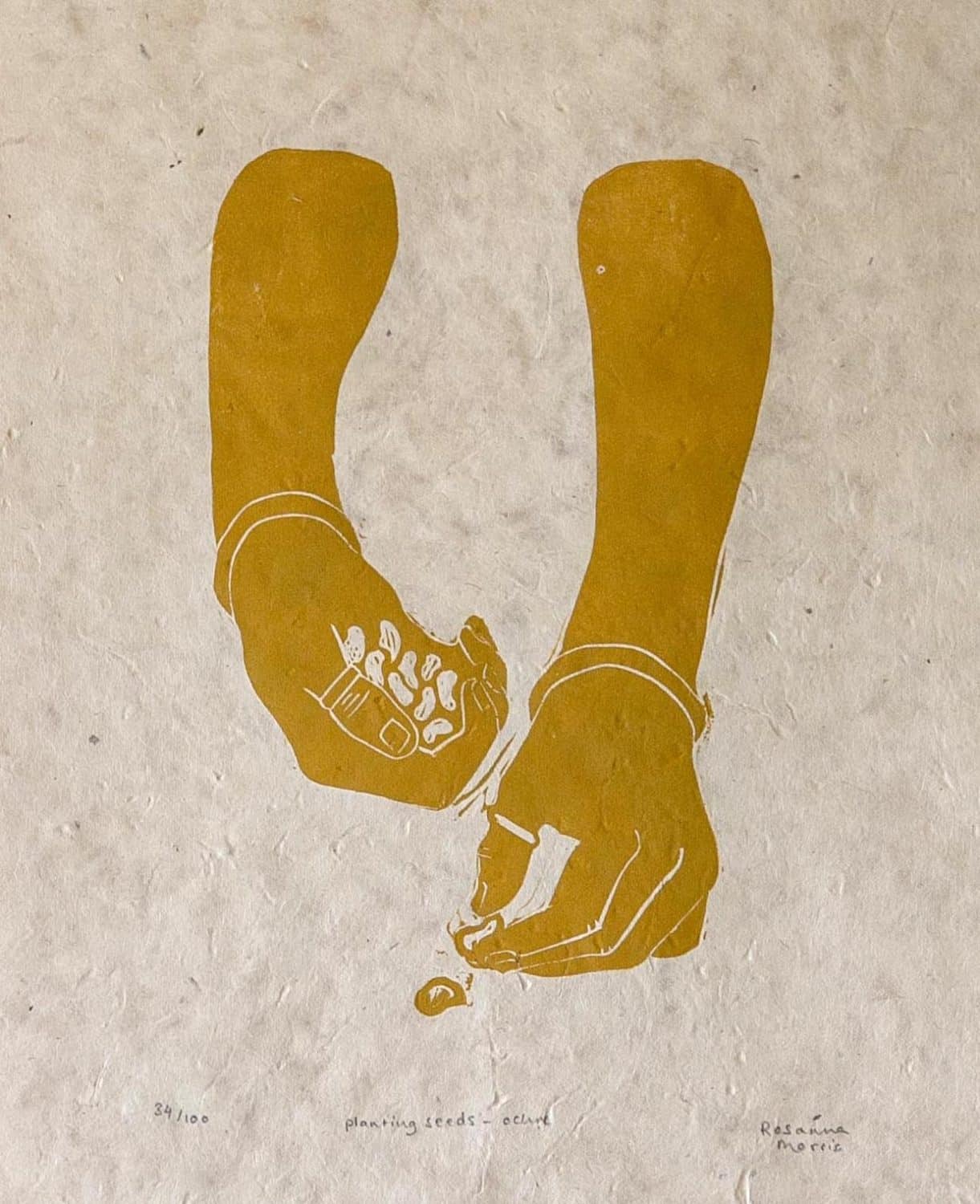
What are you hoping to achieve with your work? What’s your creative goal or mission?
I guess to create hope in people and motivation for change, to encourage and inspire and hopefully show in some small way that another way is possible.
What does the future hold for your practice?
I’m hoping to spend more time making and developing my own ideas rather than taking on too much client work, which I love but uses so much of my energy. I have a young family also and the balance of time with them and making my career work is always a fine one. So I’m hoping the coming year will hold lots of new big and colourful prints that bring a new energy to my practice.
+
rosannamorris.com / @rosannaprints
Photography of Rosanna in her studio by Konstantinos Noulis
Watch Rosanna at work: